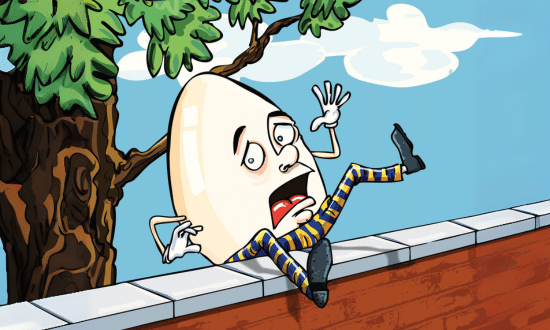
Slip and fall accidents are among the most common causes of personal injury claims in New York. Whether it happens in a grocery store, apartment building, or parking lot, a fall can lead to serious and lasting injuries. But what exactly makes a property owner legally responsible?
In New York, these types of cases fall under premises liability law, which holds property owners accountable for maintaining safe conditions. This article explains the legal standards for slip and fall liability, and what injured individuals need to know about protecting their rights.
A property owner in New York may be held legally responsible for a slip and fall injury if:
This is known as the “reasonable care” standard—owners must take reasonable steps to keep their property safe for guests, tenants, and customers.
Some of the most common causes of fall-related injury claims include:
These conditions can exist in both public and private spaces, from retail stores and offices to apartment buildings and restaurants.
To successfully recover compensation, a slip and fall victim must prove:
Photographs, incident reports, witness statements, and medical records are all helpful forms of evidence.
If you’re injured on someone else’s property, here are the key steps to take:
Acting quickly can make all the difference in proving liability later on.
Under New York law, you generally have three years from the date of the injury to file a personal injury lawsuit. However, if the accident occurred on public property (such as a sidewalk maintained by the city), the timeline may be as short as 90 days to file a notice of claim.
Slip and fall injuries can have serious consequences—especially when they involve head trauma, fractures, or long-term mobility issues. Understanding your rights and how property owner liability works in New York is the first step toward securing the compensation you may be entitled to.
If you believe a property owner’s negligence contributed to your injury, it’s worth discussing your options with an experienced personal injury attorney.